Essay: Learning with Namie
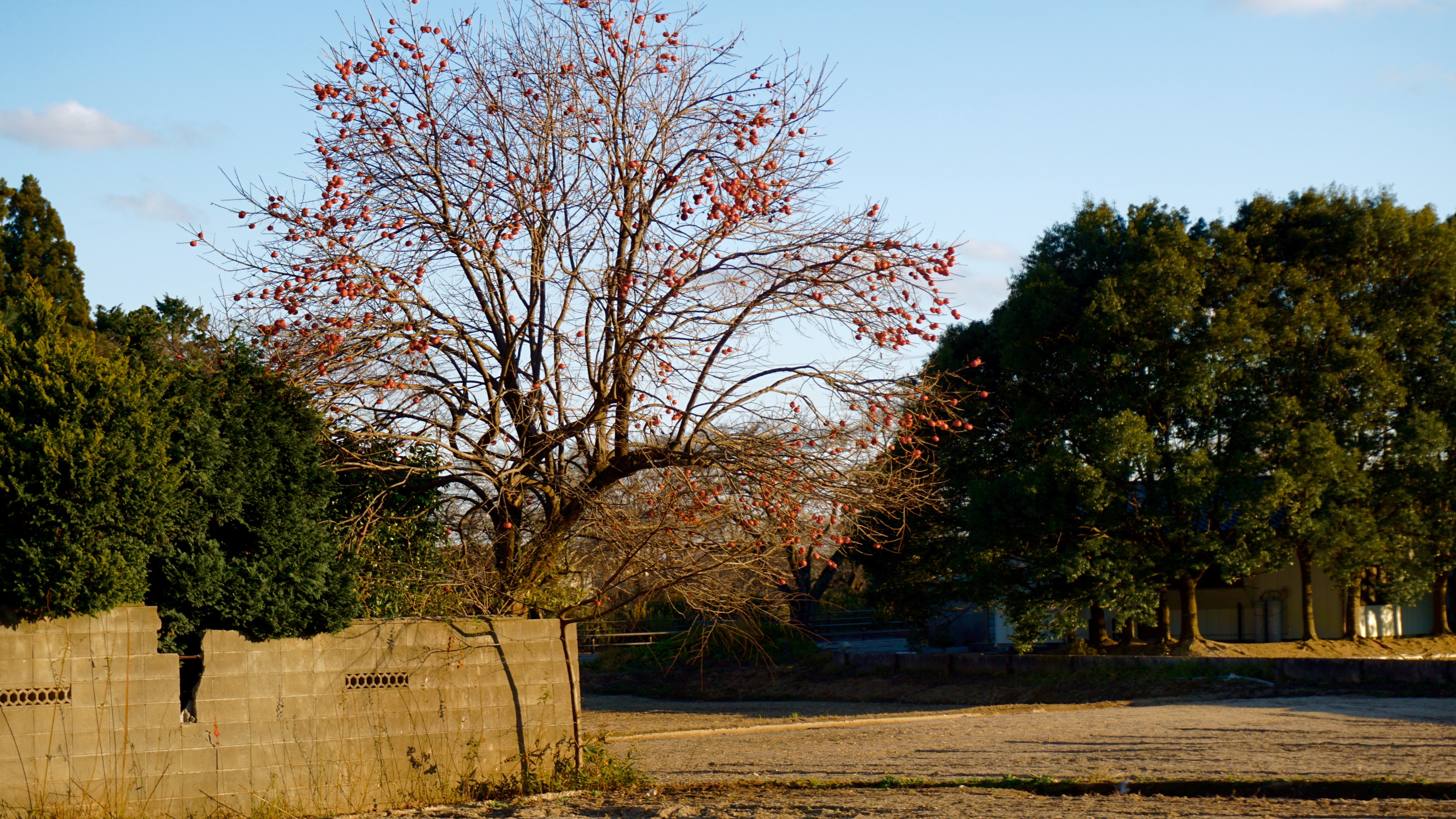
In the late fall of 2015, I took a study trip to the multiple disaster zones of northeastern Japan. The trip not only opened my eyes to the scale of the ruptures that occurred on March 11, 2011, but
a teaching resource for scholars and educators
![[Teach311 + COVID-19] Collective](https://blogs.ntu.edu.sg/teach311/files/2020/04/Banner.jpg)

In the late fall of 2015, I took a study trip to the multiple disaster zones of northeastern Japan. The trip not only opened my eyes to the scale of the ruptures that occurred on March 11, 2011, but
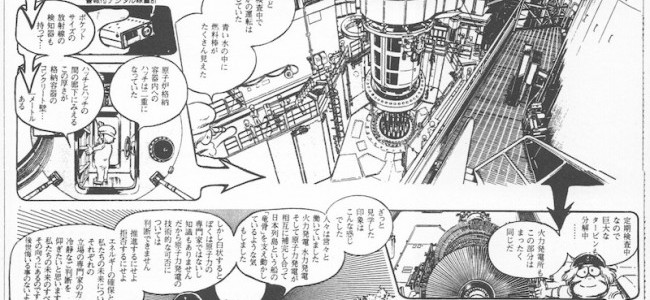
Holmberg, Ryan. 2016. “Pro-Nuclear Manga: The Seventies and Eighties.” The Comics Journal. 26 Feb. http://www.tcj.com/pro-nuclear-manga-the-seventies-and-eighties/. Editor’s note: We invited art and comics historian and The Comics Journal’s “What was alternative manga” columnist Ryan Holmberg to introduce the historical genre

Igarashi, Yasumasa et al. Minna de kimeta “anshin” no katachi: posuto 3.11 no “jisan jishō” o sagashita Kashiwa no ichinen. Aki shobō, 2012. The Great East Japan Earthquake of 11 March, 2011 and the subsequent accident at the Fukushima Daiichi
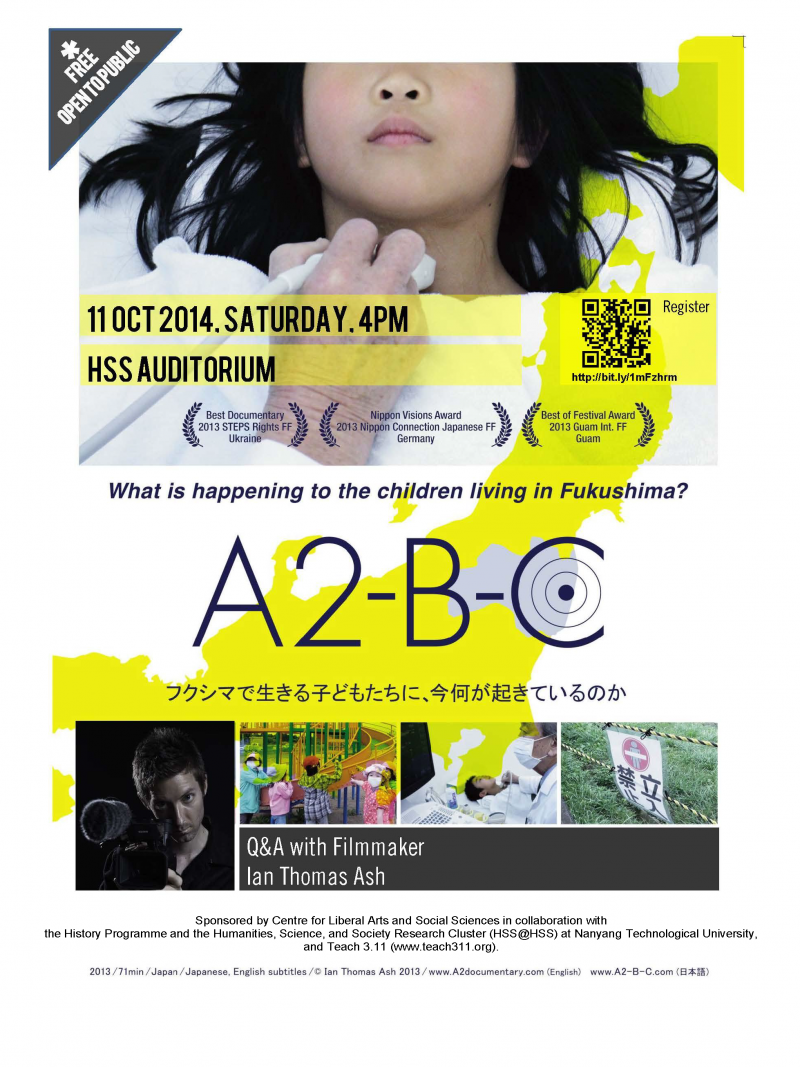
A2-B-C. Directed by Ian Thomas Ash. 2013. (Documentary, 70min.) This documentary by the Japan-resident American filmmaker Ian Thomas Ash focuses on children and parents living in areas of Fukushima prefecture contaminated by radioactivity. Focusing exclusively on these Fukushima families, the director

ドキュメンタリー映画『ヒバクシャ-世界の終わりに』(2003)、『六ケ所村ラプソディー』(2006)、『ミツバチの羽音と地球の回転』(2010)など、福島原発事故以前から原発問題を追っている鎌仲ひとみ監督による最新作。福島に残ることを選択した母親たちを中心に、子どもを被曝から守るための方法を探る人々の姿が描かれる。キーワードは「保養」である。
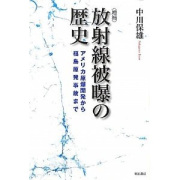
Nakagawa, Yasuo. Hōshasen hibaku no rekishi: Amerika genbaku kaihatsu kara Fukushima genpatsu jiko made. Akashi shoten, 2011. Today’s radiation exposure protection standards have been dressed up in scientific garb to convince those compelled to live with radiation from nuclear power
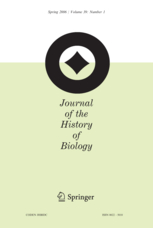
文章:“ ‘冷静客观的工作’:对原子辐射生物学效应研究的首次协谈” (Hamblin, 2007) Jacob Hamblin, “‘A Dispassionate and Objective Effort’: Negotiating the First Study on the Biological Effects of Atomic Radiation,” Journal of the History of Biology 40, no. 1 (March 2007): 147-177. Jacod Hamblin在这篇文章中从一个侧面检查了20世纪50年代对公众环境中安全原子辐射水准进行辩论的历史。文章内容集中在美国国家科学院1956年的报告《原子辐射生物学效应》(Biological Effects of Atomic Radiation,

“今日の放射線被曝防護の基準とは、核・原子力開発のためにヒバクを強制する側が、強制される側に、ヒバクはやむをえないもので、受忍すべき ものと思わせるために科学的装いを凝らして作った社会基準であり、原子力開発の推進を政治的・経済的に支える行政手段なのである。”(本文より)
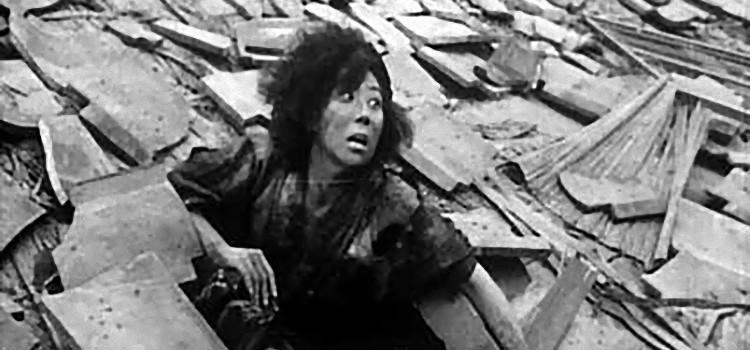
Sekigawa, Hideo. 1953. Hiroshima. Feature Film. Hiroshima begins with a scene in a middle school classroom in 1953 where students’ misunderstandings of radiation and leukemia have led to discrimination against victims. By foregrounding issues of discrimination and the lack of
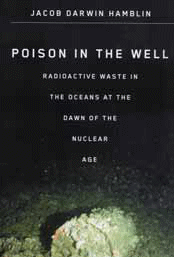
Jacob Hamblin的著作《井中毒藥》一書描述了從第二次世界大戰到1972年倫敦公約(London Convention)間,科學家與政治家如何處理核能廢料問題。透過聚焦於美國與英國,Hamblin細緻地描繪科學社群、政治領域裡持續成長的衝突,與公眾對海中放射線廢棄物處置議題的覺醒。不甚熟悉此議題的讀者心中應會浮現以下問題:它是安全的嗎?諸多國家這樣做是不對的嗎?禁止它是正確的嗎?
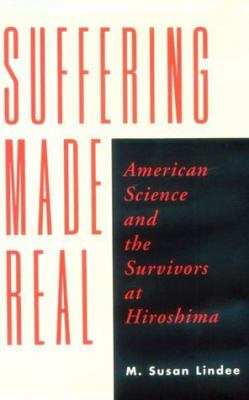
広島と長崎への原爆投下後、放射線の遺伝影響研究はABCC(原子爆弾傷害調査委員会)の中心課題となった。スーザン・リンディーはアメリカの原爆調査の歴史を検討した著書 Suffering Made Real: American Science and the Survivors at Hiroshima 第4章でABCC の遺伝研究に焦点をあてている。

Jacob Hamblin, “‘A Dispassionate and Objective Effort: Negotiating the First Study on the Biological Effects of Atomic Radiation,” Journal of the History of Biology 40, no. 1 (March 2007): 147-177. In this article Jacob Hamblin examines the history of the
![ARTICLE: Chernobyl’s Survivors: Paralyzed by Fatalism or Overlooked by Science? (2011) [Japanese] ARTICLE: Chernobyl’s Survivors: Paralyzed by Fatalism or Overlooked by Science? (2011) [Japanese]](https://www.teach311.org/files/2011/05/bulletin-of-the-atomic-scientists-2011-petryna-30-7.png)
Petryna, Adriana. 2011. “Chernobyl’s survivors: Paralyzed by fatalism or overlooked by science?” Bulletin of the Atomic Scientists 67 (2): 30 -37. DOI: 10.1177/0096340211400177. Available at http://bos.sagepub.com/content/67/2/30.abstract. チェルノブイリ原発事故後のウクライナで調査した人類学者の論文。要旨は、国連などの放射能被害調査では、「危険性への誤った見解から生じるストレスが被害を甚大化させた」という論調で被害の決着化を図るが、1)そのような結論は被曝を回避するためにとった人々の行動と努力を無力化する、2)日本の原爆被害調査を鑑みれば、結論を出すにはさらに長期間を要する、3)ソ連崩壊・市場経済導入で長期にわたるデータ収集が断絶された、4)安全な被曝限度は時代と政治体制の文脈で変化する、5)被害補償を求める身体の政治化が継続している、などの理由で、放射能被害を今後も直視し続ける必要がある、と主張。 This is an article by Adriana Petryna, an anthropologist who conducted field work
![ARTICLE: Chernobyl’s Survivors: Paralyzed by Fatalism or Overlooked by Science? (2011) [English] ARTICLE: Chernobyl’s Survivors: Paralyzed by Fatalism or Overlooked by Science? (2011) [English]](https://www.teach311.org/files/2011/05/bulletin-of-the-atomic-scientists-2011-petryna-30-7.png)
Petryna, Adriana. 2011. “Chernobyl’s survivors: Paralyzed by fatalism or overlooked by science?” Bulletin of the Atomic Scientists 67 (2): 30 -37. DOI: 10.1177/0096340211400177. Available at http://bos.sagepub.com/content/67/2/30.abstract. This is an article by Adriana Petryna, an anthropologist who conducted field work in
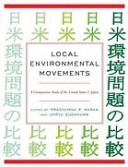
Karan, Pradyumna and Unryu Suganuma, eds. 2008. Local Environmental Movements: A Comparative Study of the United States and Japan. University Press of Kentucky. This edited volume consists of a number of interesting essays covering a wide range of issues and
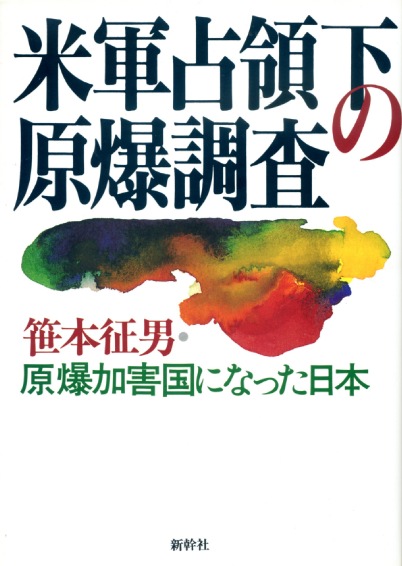
原爆投下から原爆医療法ができるまでの期間は被爆者にとって暗黒の十年であったといわれる。このうち七年間、日本はアメリカ軍に占領されていた。本書はこの時期に何があったのかを被曝者を対象とした原爆調査の歴史から検証し、原爆加害国であるアメリカに協力していった原爆被害国日本の加害性を問うものである。
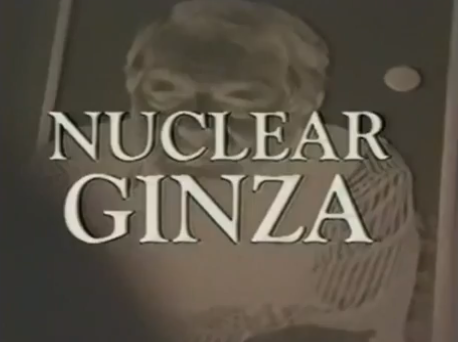
Röhl, Nicholas. 1995. Kakusareta Hibaku Rōdō: Nihon no Genpatsu Rōdōsha. 隠された被曝労働 – 日本の原発労働者 物語 [Nuclear Ginza]. YouTube video, 30 min, posted by “aikoku369”, Mar 30, 2011, from http://www.youtube.com/watch?v=TC7sFNtGk4A Nicholas Röhl, a student of Japan’s master director Imamura Shohei, produced this 30-minute documentary